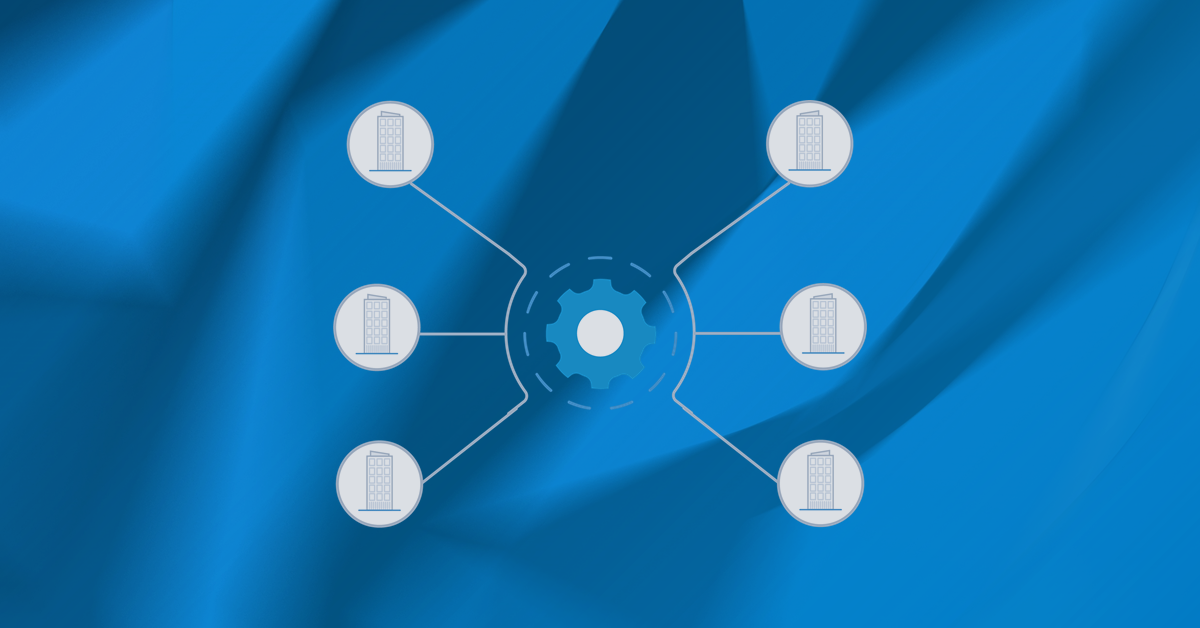Have You Outgrown Your EDI VAN?

If you're like many companies, you have no choice but to adopt Electronic Data Interchange (EDI). Certain companies require their trading partners to use EDI, and to do business with them, you have to use EDI.
One way companies get their feet wet with EDI is by turning to a Value Added Network (VAN). A VAN provides EDI as an outsourced service, delaying the need for a large EDI investment or in-house/consultant EDI expertise. If you're new to EDI, a VAN can seem like an attractive option because it can just “handle EDI" for you. An EDI VAN will set up mappings between your tools and your partners' systems, and then simply offer ongoing EDI translation and file transfer using volume-based pricing, with different VANs charging by the number of kilo characters, documents, or line items you exchange. Firms with low EDI volumes are likely to find these costs quite reasonable.
But there comes a time when most companies simply outgrow their EDI VAN and discover that it makes more sense to use direct EDI software. Such a solution gives you control over your operation and scales at a fraction of the cost VANs charge, as you can connect EDI partners with no service fees.
Here's a checklist to help you determine where you are in your EDI maturity, and whether it makes sense for you to forward to direct EDI.
Growing Fees and Costs
In many ways, it's a simple math problem. EDI software typically requires a bigger up-front investment, but _massively _reduces your operating costs in the long-run. While VANs make sense for small and low-volume transactions at the beginning, then steadily increase with service fees. At a high enough volume, the service fees just eat you alive, especially as many VANs tack on extra fees for exceeding transaction volume limits. Annual costs can be as high as _six or even seven figures_. If your costs have grown too high, it's time to switch to a direct EDI solution, which charges one set license fee to handle all your transactions.
Adding EDI Partners, Volume, and Large Files
This goes hand-in-hand with fees & costs. As many VANs charge based on documents, lines or kilo characters, the more partners, transactions, and large file exchanges you add, the higher your EDI costs. If you're planning to add partners and anticipate higher transaction volumes, it's time to start looking for a direct EDI software solution.
Slow Partner Onboarding
We've seen cases where VANs take three to six months to onboard a new partner. Such delays present opportunity costs, as you're unable to trade with partners during the process. Direct EDI hands you the reins, allowing you to onboard partners more quickly. The key here is to have a solution and a process that works efficiently.
Learn more in our EDI onboarding guide.
Partner Fines and Chargebacks
Some partners, such as Amazon, will charge you a fee if you don't deliver products in a timely fashion. Enough of these fees can put a big dent in your profit margins. While chargebacks are rarely solely due to a VAN, a VAN does gives you less control over the EDI process. If you're seeing growing numbers of chargebacks, you may want to switch to direct EDI to seize control and reduce chargebacks.
Manual Data Entry vs. Automated EDI
Some VANs offer a web portal or UI called web EDI that allows you to manually enter information about a document, such as an invoice. As volume grows, entering data into webforms can become time and labor intensive, not to mention error prone. Direct EDI allows you to simply automate data entry.
EDI-Backend Integration
Do you need to connect your EDI processes to your backend systems? This is where VANs truly fall short. They typically require you to not only manually enter data into their web forms, but also re-enter it into your systems, like NetSuite, Salesforce, and database tools. As your EDI exchanges increase in frequency and file sizes, this can quickly become a nightmare.
EDI software enables you to fully, intuitively, and inexpensively automate workflows that link your EDI to backend systems, such as your ERP system, warehouse management system, ecommerce applications or central databases. You can even set up a hybrid solution that uses direct EDI with your high-volume partners and VANs with lower volume partners, taking advantage of direct EDI to integrate with the VAN.
You Already Do Your Own EDI Mapping
EDI VANs have different business models. Some handle both EDI document translations and file transmission to EDI partners. Others make _you _generate your EDI documents and handle the mapping on your own, where the VAN is simply transmitting files over a simple AS2 or FTP server. In this case, you're _already_ _doing the hard part_, the EDI mapping, and there's hardly any justification for paying VAN fees. All you need to melt away your transaction fees is a relatively inexpensive managed file transfer tool.
How Direct EDI Helped One Supplier Cut EDI Costs by 90%
For a perfect example of how a company can outgrow its VAN solution, and the benefits it can gain from moving to direct EDI, check out the story of Green Supply. By eliminating VAN fees, Green Supply slashed their EDI costs by 90%. As David Kurz, National Accounts Manager for Green Supply said, “I just see it as a natural evolution. Go to a VAN, they hold your hand, then, you move on to running your own stuff."
